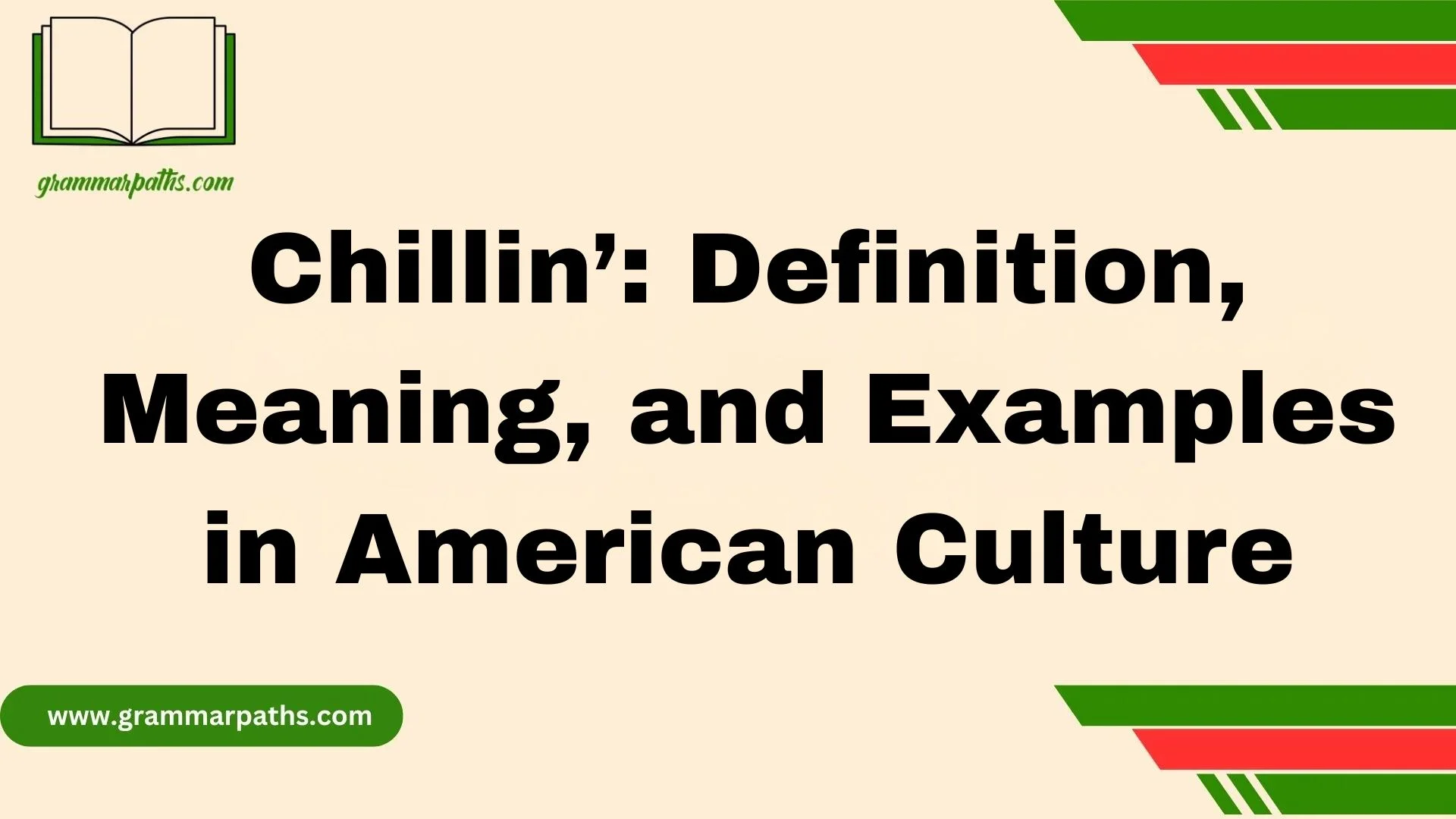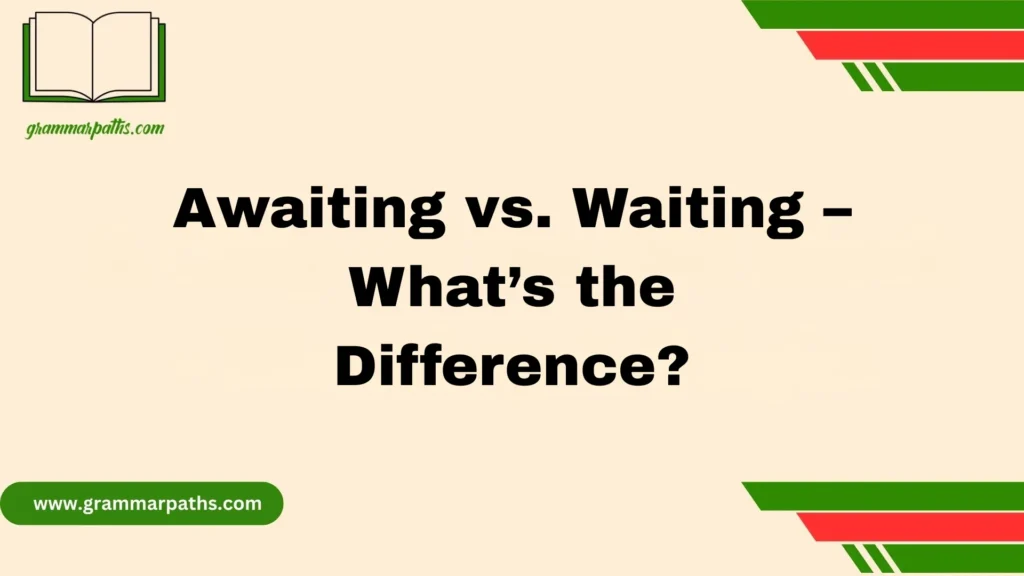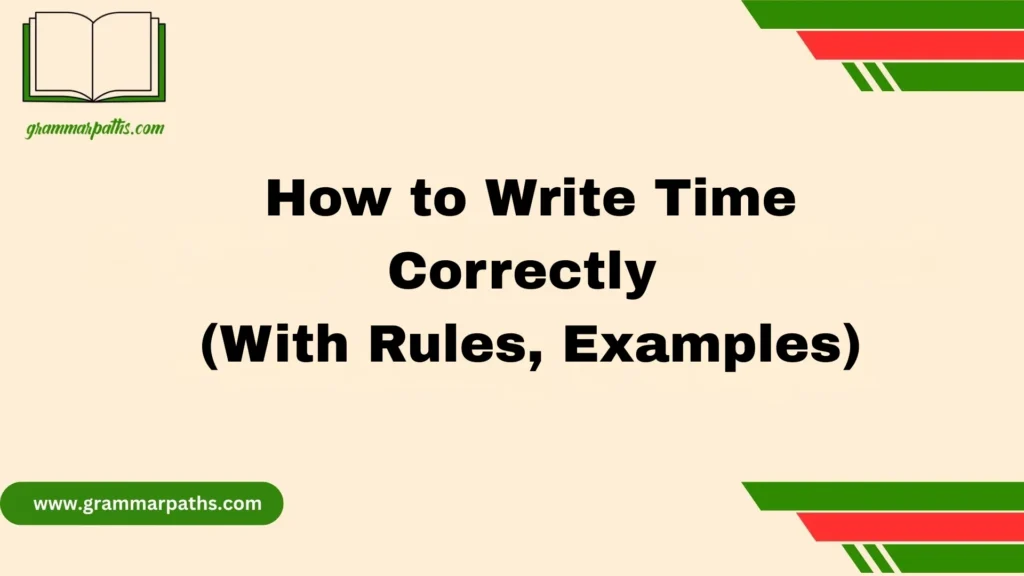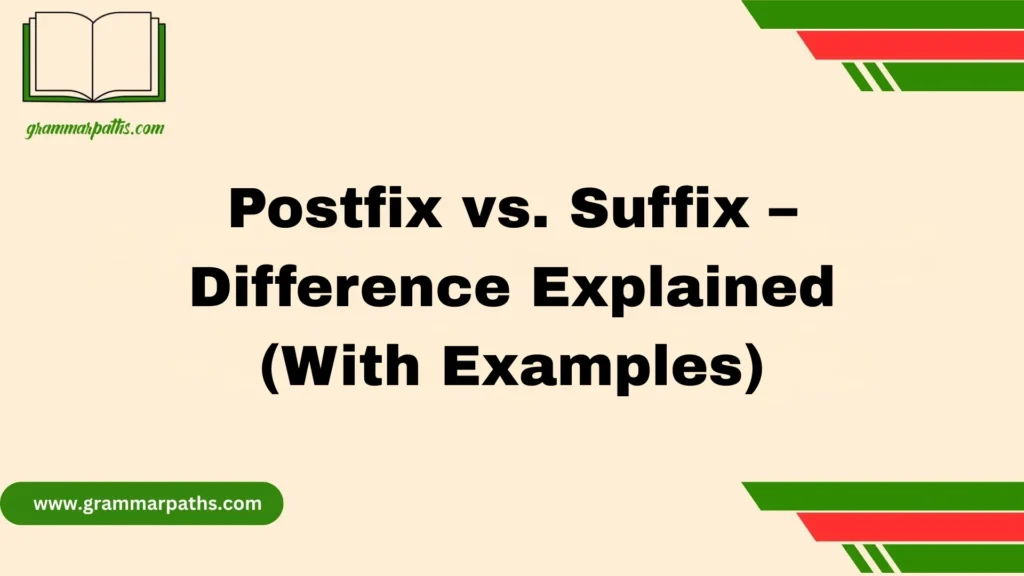Whenever I hear chillin’ in a casual conversation, it instantly reminds me of friends on a laid-back afternoon, sitting in a home setting, maybe watching TV, lounging, or just sharing funny jokes. This slang term, with its African American Vernacular English roots, carries more than just the meaning of being relaxed or calm—it’s a cultural reflection of ease, attitude, and lifestyle. In today’s modern world, with our busy daily activities and stress, the beauty of chillin’ is in how it offers a sweet pause from the screens and noise. From movies and songs to memes and online chats, this enduring word keeps proving that language adapts and stays linked to how people connect and stay grounded in real-life examples.
For me, the nuances of chillin’ show in the flexible way it’s used—a game-changer in understanding conversational English. Whether younger or older age groups, informal settings make it fitting for our everyday culture. I’ve noticed how it’s shared globally, in contemporary talk, and even in global online spaces, where memes, funny clips, and jokes make it friendly and relatable. It helps us see that this isn’t just about taking a break or relaxing—it’s about a personal rhythm, the presence in the moment, and the way it’s making its mark through time. And yet, when we use it, it feels more than just a word—it’s part of the fabric of our shared life, a small but powerful reminder of how we are all linked in the simplest, most sweet ways.
What ‘Chillin’’ Means
In its slang form, “chillin’” typically refers to:
- Relaxing without doing much
- “I’m just chillin’ on the couch.”
- “I’m just chillin’ on the couch.”
- Spending low-key time with friends
- “We’re chillin’ at Tom’s place after work.”
- “We’re chillin’ at Tom’s place after work.”
- Taking a break from activity
- “Chillin’ for a bit before heading out again.”
Key traits of the word:
- Informal: Almost never used in professional writing or speeches.
- Flexible: Works in many situations, from group hangouts to solo downtime.
- Friendly: Often signals comfort and familiarity.
Quote: “Chillin’ isn’t just what you do—it’s a state of mind.
Origins and Evolution of ‘Chillin’’
Understanding “chillin’” requires tracing its roots from literal coldness to cultural coolness.
Early Meaning
- The word “chill” comes from Old English ciele (meaning “cold”).
- For centuries, it described low temperatures or sensations of cold.
Slang Transformation
- In mid-20th century America, African American Vernacular English (AAVE) reimagined “chill” as a verb meaning “calm down” or “relax.”
- Example: “Chill out, man.”
- Example: “Chill out, man.”
- This shift happened around the same time other temperature-related words were gaining slang meanings (“cool” meaning stylish or good).
The Rise of ‘Chillin’’
- By the 1980s, “chillin’” (with the dropped “g”) was a fixture in hip-hop lyrics, urban street slang, and Black communities across the U.S.
- Pop culture embraced it through sitcoms, rap videos, and teen comedies.
Mainstream Adoption
- The 1990s brought “chillin’” to suburban teens via MTV, movies like Clueless (1995), and shows like Fresh Prince of Bel-Air.
- The internet and text messaging in the 2000s made “chillin’” a quick, casual way to communicate relaxation.
Timeline of ‘Chillin’’ in U.S. Slang
| Decade | Development | Cultural Boosters |
| 1950s | “Chill” = calm down | Jazz and beatnik culture |
| 1970s | “Chill out” enters mainstream slang | Funk & soul music |
| 1980s | “Chillin’” gains popularity in AAVE | Early hip-hop and rap |
| 1990s | Term spreads nationwide | Sitcoms, MTV |
| 2000s | Becomes social media shorthand | Texting & memes |
| 2010s | Used in casual captions | Instagram, Twitter |
| 2020s | Still common among all ages | TikTok culture |
Breaking Down the Word
The Root: “Chill”
Outside temperature references, “chill” in slang means:
- Easygoing personality: “She’s a chill person.”
- Calm down: “You need to chill.”
The ‘-in’’ Suffix
Dropping the “g” is a hallmark of casual American English:
- Walking → walkin’
- Talking → talkin’
- Chilling → chillin’
This style is especially common in spoken language, song lyrics, and informal text communication.
Cultural Significance in the U.S.
“Chillin’” connects to a distinctly American idea—you work hard, but you also take time to relax.
Why It Matters
- Symbol of leisure and balance.
- Universally understood—teens, adults, and even older generations use it.
- Sign of informality and friendship.
Case Study – Leisure in America
In 2022, a Pew Research survey found:
- 81% of Americans regularly engage in leisure at home.
- 67% admitted using slang like “chillin’” when describing downtime.
This shows the word is embedded in everyday life and speech.
Everyday Uses of ‘Chillin’’
With Friends
- “We’re chillin’ at Jake’s garage.”
- Often paired with activities like barbecues, gaming, or watching sports.
Alone
- “Chillin’ with a good book.”
- Implies peaceful solitude.
Workplace
- Rare in formal communication but might appear in casual Slack messages: “Chillin’ before the 3 PM meeting.”
Digital Use
Common in:
- Instagram captions (“Sunday chillin’.”)
- Tweets
- TikTok video descriptions
‘Chillin’’ in U.S. Media and Entertainment
Music
- 1989: MC Chill uses the term in rap.
- 1990s–2000s: Artists like Snoop Dogg, Will Smith, and OutKast cement its cool factor.
- Pop crossover: Even non-hip-hop songs used the word to signal relaxation.
Film & TV
- Fresh Prince of Bel-Air: “Just chillin’ in Bel-Air” became iconic.
- Teen movies in the 2000s normalized it as part of everyday teen talk.
Internet Culture
- Memes of animals “just chillin’” made the phrase more playful.
- TikTok trends use “chillin’” as a hashtag for cozy or relaxed videos.
Variations and Related Expressions
| Expression | Meaning | Example |
| Chillin’ out | Relaxing after activity | “We’re chillin’ out after the hike.” |
| Netflix and chill | Originally to watch movies, now double meaning | “Want to Netflix and chill?” |
| Hang out | Spend casual time together | “Let’s hang out this weekend.” |
| Kick back | Relax with intention | “Kicking back with a drink after work.” |
Grammar and Usage Notes
When to Use
- Informal settings
- Social posts
- Casual text messages
When Not to Use
- Job interviews
- Academic essays
- Business proposals
Tone Shift
- “Chilling” feels neutral/formal.
- “Chillin’” feels casual, friendly, and a little playful.
Examples in Real Sentences
Casual Conversation
- “We’re chillin’ at the pier.”
- “He’s just chillin’ at the café.”
Online
- “Friday night chillin’.”
- “Chillin’ with my pup—best company.”
Idiomatic Play
- “Chillin’ like a villain.”
- “Just chillin’ and grillin’.”
Conclusion
Chillin’ is more than just a casual slang term—it’s a genuine slice of cultural identity that blends relaxed attitude, personal ease, and a modern sense of connection. Its African American Vernacular English roots have grown into a flexible, enduring part of everyday language, appearing in movies, songs, internet memes, and online chats. Whether younger or older, people find joy in its use, as it helps them stay present, notice the beauty in the moment, and connect through shared experiences. From laid-back weekends to quick breaks from a busy schedule, chillin’ keeps proving that language not only adapts but also keeps us linked in a friendly way, making our life a little sweeter.
FAQs
Q1: What does “chillin’” mean?
It means being relaxed, calm, or simply taking a break, often in a laid-back setting with no strict plan or activity.
Q2: Where did “chillin’” come from?
It has roots in African American Vernacular English, later spreading into contemporary talk, movies, songs, and global online culture.
Q3: Is “chillin’” only used by younger people?
No. While younger age groups often use it in informal conversations, it’s understood and used across different groups and cultures.
Q4: Can “chillin’” mean more than relaxing?
Yes. In real-life examples, it can express personal rhythm, attitude, and lifestyle, not just relaxing.
Q5: How has “chillin’” stayed popular?
Its flexible meaning, friendly tone, and presence in everyday language, memes, and internet jokes have kept it fitting and relevant through time.

Grace Marie is the dedicated writer behind GrammarPaths.com, where she shares her passion for English grammar, idioms, and writing mastery. With a strong background in language studies and years of experience helping learners improve their communication skills, Grace creates clear, practical, and engaging content that makes English easy to understand.










